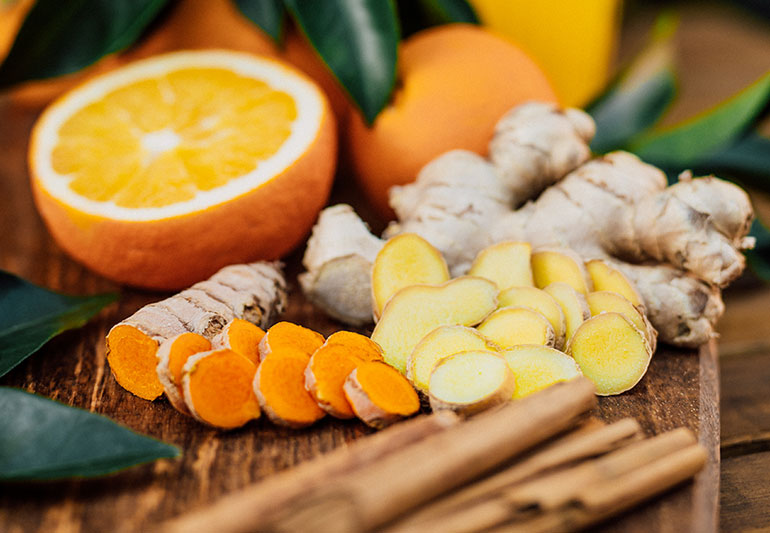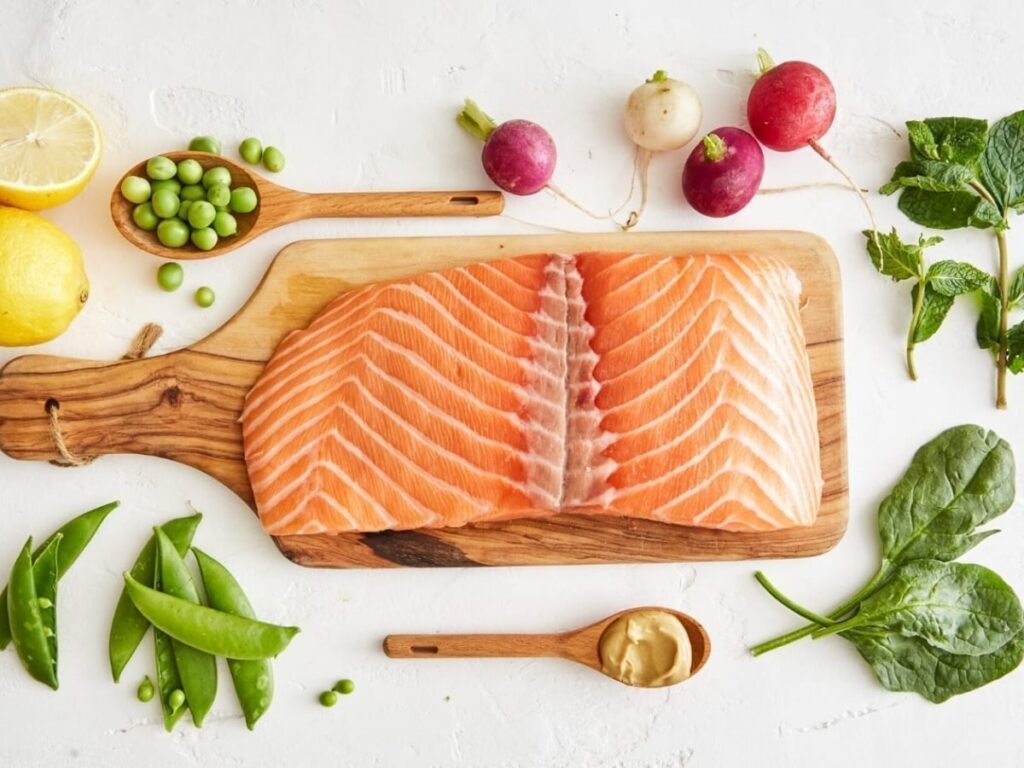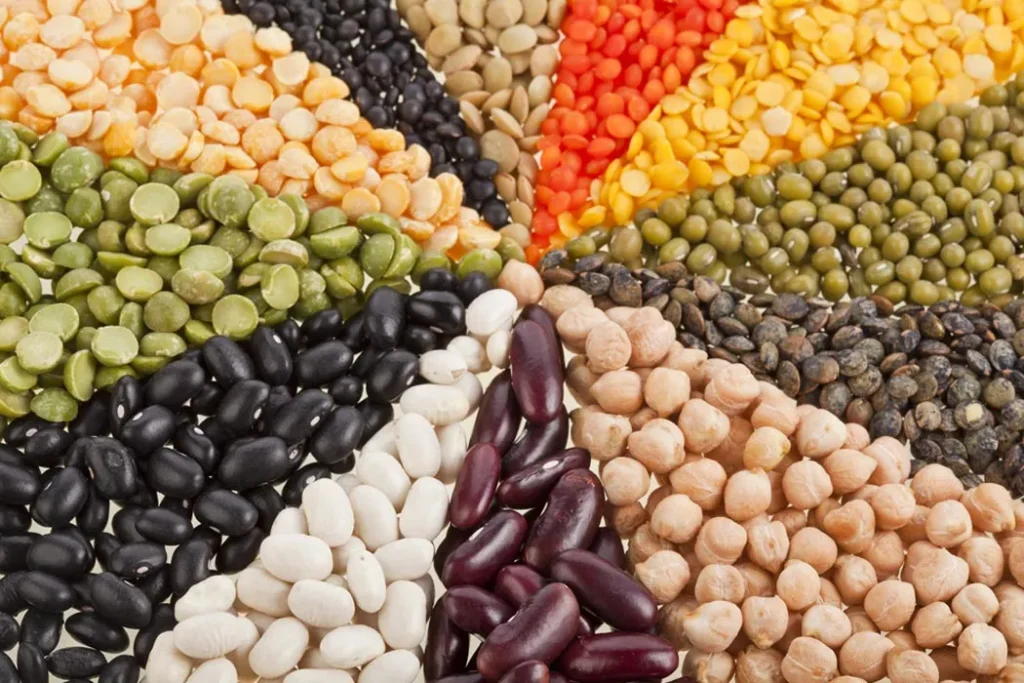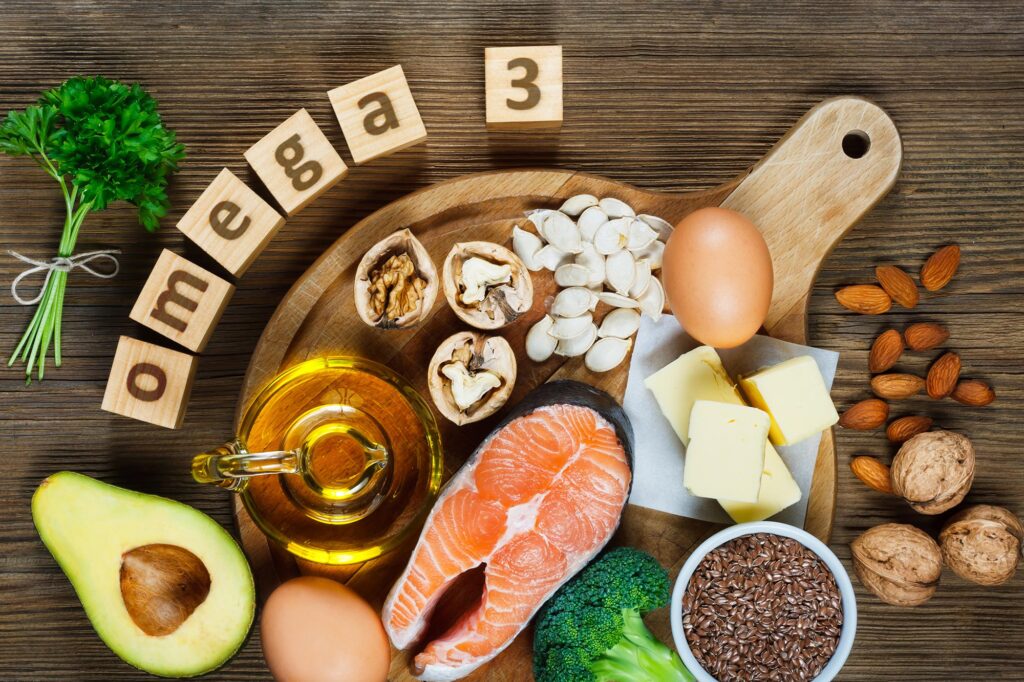A healthy diet is a key to maintaining joint health. By incorporating these five foods, you’ll be providing your body with the nutritional building blocks to maintain healthy joints. Fruits and vegetables provide antioxidants, Vitamin C, and Potassium for stronger bones and connective tissue. Omega 3 fatty acids in fish promote collagen production in your body, promoting solid joints.
Legumes are rich in the B vitamins and copper needed for bone development and protein for muscle retention at weight loss or during recovery from injury or surgery. Meat and poultry are high in zinc and protein, essential for muscular connective tissue. With a balanced diet and regular exercise, you’ll be able to live an active lifestyle into old age and avoid, or at least significantly delay, a visit to an orthopedic surgeon.
The 5 Best Foods for Joint Health
1. Fresh Fruits and Vegetables

Source: health.clevelandclinic.org
Cruciferous vegetables, including broccoli, cauliflower, cabbage, and Brussel sprouts, are rich in antioxidants and the minerals manganese, boron, and chromium. They can help reduce inflammation of the joint lining, causing pain. Legumes such as lentils and beans are rich in zinc, essential for tissue growth and repair. Vitamin C is an antioxidant and a cofactor in collagen production. Potassium also helps reduce inflammation and accelerates the repair of the joint lining. It is good to eat these foods with their skin to retain the natural nutrients.
2. Lean Poultry
Chicken and turkey are rich in high-quality protein, including an array of amino acids responsible for collagen formation and bone development. But lean meats lack the fat that is associated with joint pain. Anchovies, anchovy paste, tuna, and sardines are excellent sources of Vitamin E, an antioxidant protecting against cartilage degeneration. Sardines are also a source of omega-three polyunsaturated fatty acids (omega 3s), which are helpful in joint repair.
3. Fish Mercury

Source: blog.myfitnesspal.com
Omega 3 fatty acids are polyunsaturated fats found in fish, skin, and flaxseeds. The ratio of omega 3s to omega 6s in fish is approximately 1:1. It is excellent news because this imbalance of the two oils has been correlated with joint pain, stiffness, and degeneration. Sardines, anchovies, tuna, and other fatty fish such as salmon are good sources of omega 3s. Vitamins in these foods work together to boost the immune system and keep your joints functioning properly.
4. Legumes

Source: sciencemediahub.eu
Legumes are rich in protein and fiber and contain various vitamins and minerals, including folic acid for bone growth and Vitamin C for collagen formation. They are a good source of copper necessary for bone growth and development, Potassium which relaxes muscles in the joints, and zinc, which is necessary for connective tissue development. They are also high in fiber, which helps to reduce joint pain. Legumes are high in B vitamins and copper, both essential in bone formation and protein, which assists with weight loss or post-recovery after injury or surgery. Wheat germ is also rich in zinc, essential for tissue growth and repair. It would help to include legumes such as lentils, beans, chickpeas, and soybeans in your diet at least three times a week.
5. Omega-3 Fatty Acids to Keep Joint Motion Moving

Source: scitechdaily.com
The omega-3 fatty acids found in cold-water fish such as tuna, salmon, mackerel, and sardines have been shown to help the body regenerate connective tissue, such as collagen, which is essential for strong joints. Pasta, eggs, and dairy products can also help provide the copper needed for collagen formation. They are rich in zinc which is essential for connective tissue development. Omega 3 fatty acids can be found in fish, seafood, certain nuts and seeds, and flaxseed oil.
It’s no wonder that populations that eat foods rich in these nutrients have meager rates of joint degeneration. So start today to add more of these foods to your diet and keep those joints moving! Omega 3 fatty acids found in fish and fish oil help strengthen muscle and collagen, keep brain cells functioning correctly and promote joint cartilage production. The best source of the essential fatty acids EPA and DHA is oily fish such as salmon, trout, and herring.
By using these foods in your diet, you’ll provide your body with the nutritional building blocks needed to maintain healthy joints. By following a balanced diet and regular exercise, you’ll be able to live an active lifestyle into old age. Therefore, eat more of these foods and live longer. Vitamins acquired from these foods work together to boost the immune system and keep your joints functioning properly.
By incorporating these five foods, you will provide your body with the nutritional building blocks needed to maintain healthy joints. Fruits and vegetables provide antioxidants, Vitamin C, and Potassium for stronger bones and connective tissue. Omega 3 fatty acids in fish promote collagen formation in your body, promoting solid joints. Legumes are rich in the B vitamins and copper needed for bone development and protein for muscle retention at weight loss or during recovery from injury or surgery. Meat and poultry are high in zinc and protein, essential for muscular connective tissue.
By following a balanced diet and regular exercise, you’ll be able to live an active lifestyle into old age. Legumes are rich in protein and fiber and contain various vitamins and minerals, including folic acid, for bone growth. They are a good source of copper necessary for bone growth and development, Potassium which relaxes muscles in the joints, and zinc, which is necessary for connective tissue development.






